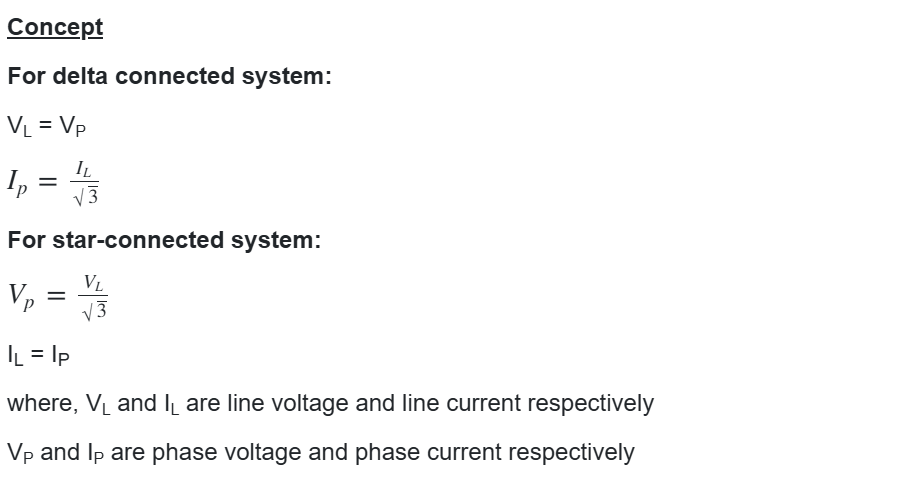Classification of overhead transmission line
Based on the length, the transmission line is classified as:
1.) Short Transmission Line: Length < 80 km
2.) Medium Transmission Line: 80 km < Length < 200 km.
It is further classified into end condenser method, nominal π method, and nominal T method.
3.) Long Transmission Line: Length > 200 km
End condenser method
- In the end condenser method, the capacitance of the transmission line is assumed to be concentrated at the line's receiving end (the load end). Hence, The voltage across the load is equal to the voltage across the lumped line capacitance.
- This simplifies the analysis of the line because it allows engineers to treat the line as a combination of a series impedance and a shunt capacitance at the load end.
Limitations:
- The end condenser method is an approximation and is less accurate for very long transmission lines where the effects of distributed capacitance cannot be ignored.
- It assumes that all the capacitance is concentrated at one point, which simplifies the calculation but may not fully represent the behavior of the line in practice.
Transmission and distribution system
The transmission and distribution systems are classified into two types namely, Overhead cable system and Underground cable system.
In the overhead system of transmission and distribution, the overhead line wires supported by poles are used for power transportation; while in the underground system, insulated underground cables are employed for the transportation of electric power.
Difference between overhead lines and underground cables:
| Parameter | Overhead cables | Underground cables |
| Type of conductor | Overhead lines use bare conductors. | Underground cables use insulated conductors. |
| Voltage rating | Overhead lines have a higher voltage rating, near about 765 kV. | Underground cables have comparatively lower voltage ratings. It is typically limited to 66 kV. |
| Current carrying capacity | The current carrying capacity of overhead lines is comparatively more. | Underground cables have a lesser current-carrying capacity. |
| Fault detection and clearance | In the case of overhead lines, the detection and clearance of faults is easy. | It is very difficult to detect and clear the faults in underground cables. |
| Line cost | Overhead lines are relatively less expensive. | Underground cables are comparatively expensive. |
| Corona discharge | The corona discharge occurs in the overhead lines. | No corona discharge takes place in the underground cables. |
| Proximity effect | Overhead lines remain unaffected by the proximity effect. | The proximity effect influences the underground cables. |














No comments:
Post a Comment